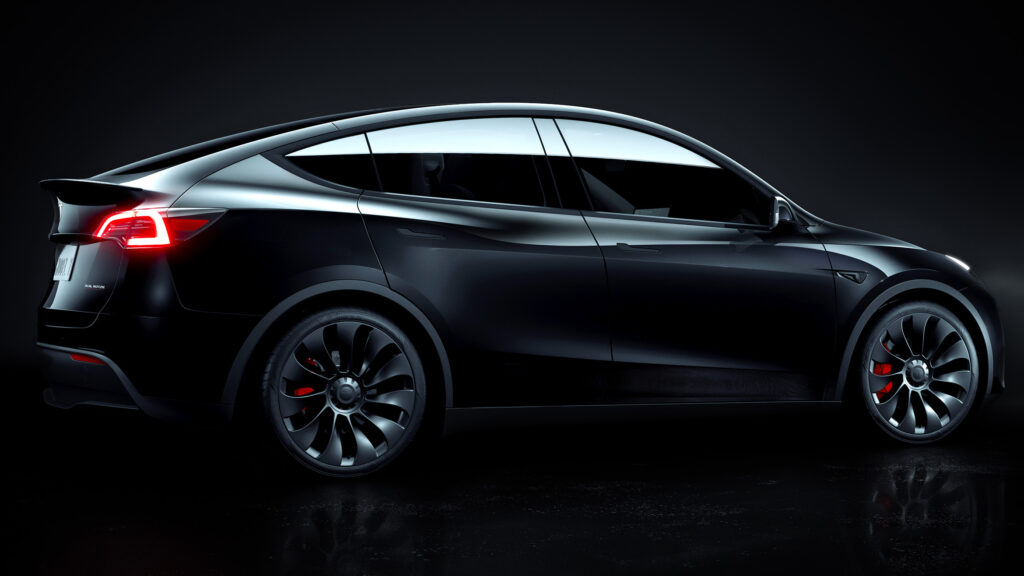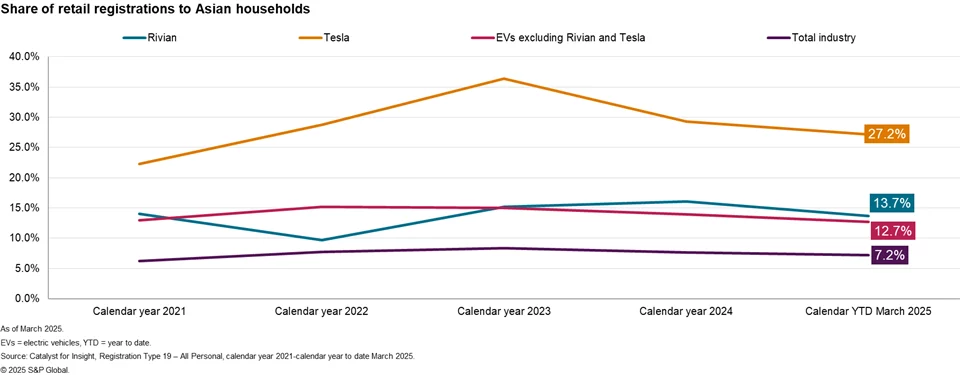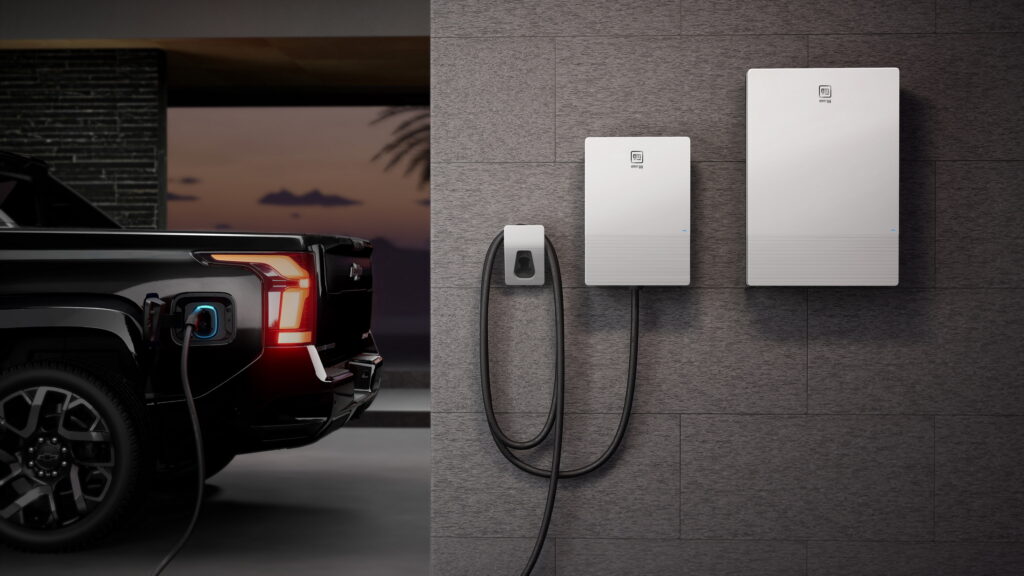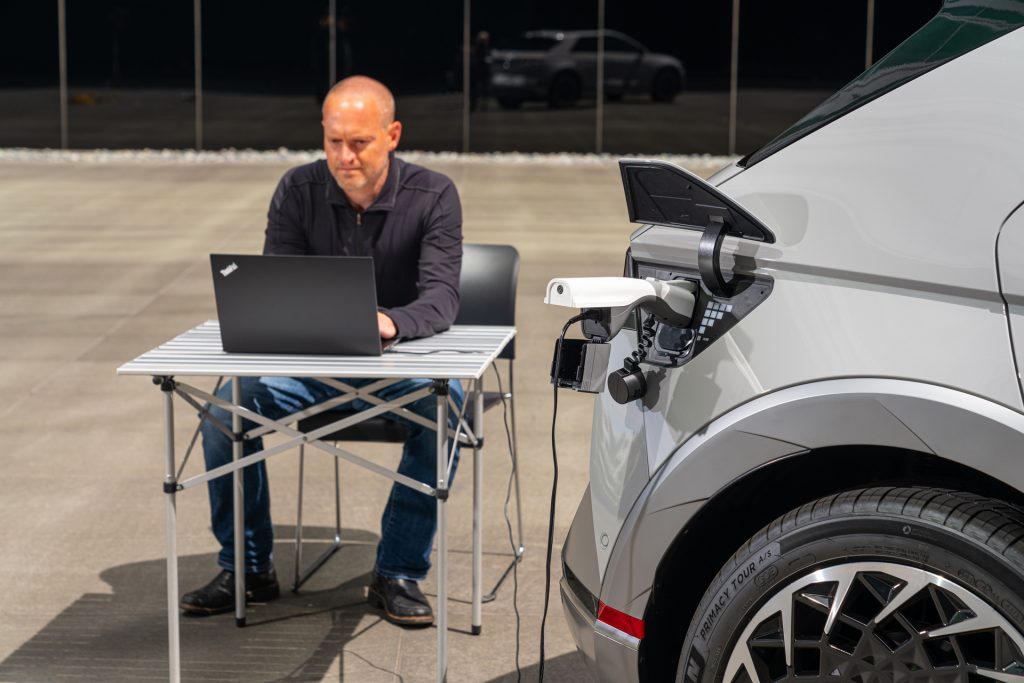A Gas Model Quietly Dethroned The EV King As The World’s Best Selling Car

- The RAV4 reportedly topped global 2024 sales, narrowly beating the Model Y.
- Toyota claimed five of the world’s top ten vehicles in 2024’s sales rankings.
- The BYD Qin was the only Chinese vehicle to crack the global top ten list.
Even as the global car market continues to shift, one thing remains certain: Toyota knows how to move metal. After a brief detour in second place, the Toyota RAV4 is back on top as the world’s best-selling car, edging out the Tesla Model Y by a sliver.
And it’s not just the soon-to-be-replaced RAV4 doing the heavy lifting, as Toyota has managed to land five models in the global top ten, including the Corolla Cross, Corolla sedan, Hilux, and Camry.
More: New RAV4, See Every Angle And Hidden Detail
This ranking comes from industry analyst Felipe Munoz, who compiled a detailed snapshot of 2024’s global car sales by model. His methodology pulls from a wide mix of sources, including national statistics offices, dealership associations, customs data, specialized websites, blogs, other analysts, and informed estimates. According to Munoz, the ranking covers 153 markets, accounting for roughly 99% of all cars sold globally.
Toyota Retakes the Lead, Barely

Combined sales of the Toyota RAV4 and its China-market twin, the Wildlander, reached 1,187,000 units in 2024. That was just enough to slide past the Tesla Model Y, which landed at 1,185,000 units. It’s a narrow win, but a win nonetheless.
It’s important to note that both the RAV4 and Model Y were refreshed shortly after the period covered by this report. Toyota rolled out a full redesign for the RAV4, that hasn’t gone on sale yet while Tesla introduced its updated Model Y Juniper that’s already available.
That said, the Model Y still holds the title for best-selling EV worldwide by a comfortable margin. Its 2025 numbers, however, are already showing signs of slowing.
Compact Crossovers Keep Climbing
The Toyota Corolla Cross occupied the third place with 859,000 sales, benefiting from the fact it is offered in many different markets around the world. The compact crossover was closely followed by the Honda CR-V/Breeze SUV that sold 854,000 units.
Toyota’s dominance continues with the Corolla / Levin Sedan (697,000 units) in the fifth place and the Toyota Hilux (617,000 units) in the sixth place.
World’s Best Selling Pickup
The aging Hilux is due for a new generation soon, but that didn’t stop it from becoming the world’s best-selling pickup. Despite not being sold in North America or China, two massive truck markets, it still managed to outpace all competitors. Right behind it in the global rankings is the Ford F-150, which sold 595,000 units and claimed seventh place overall. In the US, the F-150 was the second best-selling vehicle of 2024, coming in just behind the RAV4.
More: Cracks Are Beginning To Appear In China’s Largest EV Maker
Rounding out the top ten are three sedans that continue to hold their ground in a market that increasingly leans toward crossovers and SUVs. The Toyota Camry took eighth with 593,000 sales, followed by the Tesla Model 3 at 560,000 and the BYD Qin at 502,000. BYD’s entry marks the only Chinese brand on the list this year, underscoring the company’s steady rise as a global competitor in both EVs and internal combustion vehicles.









